
- Home
- News
- Analysis
- States
- Perspective
- Videos
- Education
- Entertainment
- Elections
- World Cup 2023
- Features
- Health
- Business
- Series
- Economy Series
- Earth Day
- Kashmir’s Frozen Turbulence
- India@75
- The legend of Ramjanmabhoomi
- Liberalisation@30
- How to tame a dragon
- Celebrating biodiversity
- Farm Matters
- 50 days of solitude
- Bringing Migrants Home
- Budget 2020
- Jharkhand Votes
- The Federal Investigates
- The Federal Impact
- Vanishing Sand
- Gandhi @ 150
- Andhra Today
- Field report
- Operation Gulmarg
- Pandemic @1 Mn in India
- The Federal Year-End
- The Zero Year
- Premium
- Science
- Brand studio
- Home
- NewsNews
- Analysis
- StatesStates
- PerspectivePerspective
- VideosVideos
- Entertainment
- ElectionsElections
- Sports
- Loading...
Sports - Features
- BusinessBusiness
- Premium
- Loading...
Premium
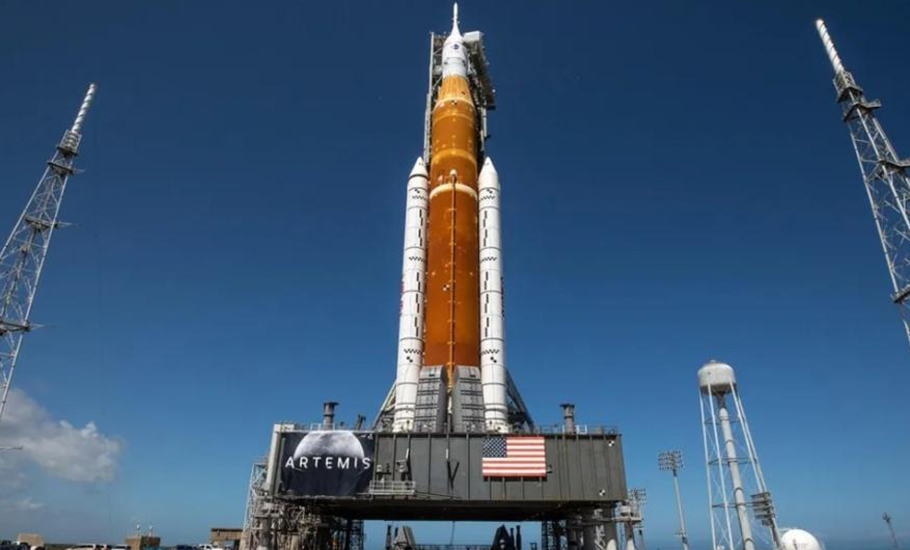
What Nasa’s epic Artemis 1 Moon mission is all about

An engine problem forced Nasa on Monday to postpone for at least four days the debut launch of the Artemis-1 mission to Moon, which it hopes will one day fly astronauts back to the Moon. The 42-day Artemis-1 test flight aims to send the Orion crew capsule to fly past the Moon at a distance of around 64,000 kilometres before returning to Earth. The test flight, devoid of the crew, will test...
An engine problem forced Nasa on Monday to postpone for at least four days the debut launch of the Artemis-1 mission to Moon, which it hopes will one day fly astronauts back to the Moon. The 42-day Artemis-1 test flight aims to send the Orion crew capsule to fly past the Moon at a distance of around 64,000 kilometres before returning to Earth.
The test flight, devoid of the crew, will test the performance of vehicles, Orion spacecraft, technology, and navigation systems and investigate the space environment for human space flights. If all goes well, learning from the Artemis 1 mission, the Artemis-2 mission will carry a human crew to fly past the Moon sometime in 2024. This will be followed by the Artemis-3 mission that would put a human team, including a woman and a person of colour, on the surface of the Moon and bring them back safely sometime in 2025. Artemis-1 is a vital dress rehearsal for the ambitious Moon programme of Nasa.
The most powerful rocket ever built
Officially christened Space Launch System (SLS), the 32-storey rocket is the largest ever built by Nasa. At the core is a liquid booster rocket housing two large storage tanks: one for liquid hydrogen fuel and another for liquid oxygen. Four RS-25 engines developed for the space shuttle are reused in the SLS core stage.

The liquid hydrogen and the oxygen are fed into the combustion chamber of the RS-25 engines. The fuel mixture is ignited with a spark after the countdown. The hydrogen in the presence of oxygen catches fire. In the ensuing chemical reaction, oxygen and hydrogen combine to produce H2O in the form of steam. The steam comes out of the engine nozzles at 16,000 km/h. This generates an upward thrust that propels the rocket up through the air.
One has to overcome the inertia to move a stationary object. It takes a considerable effort to push a stationary car from behind to move, but once it starts to roll, it is easy to go. The same is the case with rockets. It takes more effort to launch it from the pad.
Hence two solid rocket boosters (SRBs) flanking the core stage are also fired along with the core stage to give the necessary additional boost. Each of these solid rockets will burn nearly six tonnes of solid propellant each second.
The combined thrust produced by the core stage and the two boosters will result in 39.1 meganewtons of thrust. For comparison, the mighty Saturn V, Nasa’s launch vehicle that took the Apollo crew to Moon, had 34.5 meganewtons of thrust.
During the first two minutes of the flight, nearly three-fourths of the total thrust is provided by the boosters. By then, the rocket will be soaring at a speed of almost 5,000 km/h and would have attained an altitude of 48 km.
Around 2 minutes and 12 seconds into the flight, the empty canister of the solid rocket boosters will be disconnected from the core rocket and jettisoned into the Atlantic Ocean. Eight minutes from the launch, all its liquid fuel will be consumed, and the rocket’s core stage will be discarded. By then, the craft would be cruising at 160 km above the Earth and hurling towards space at nearly 28,000 kmph.
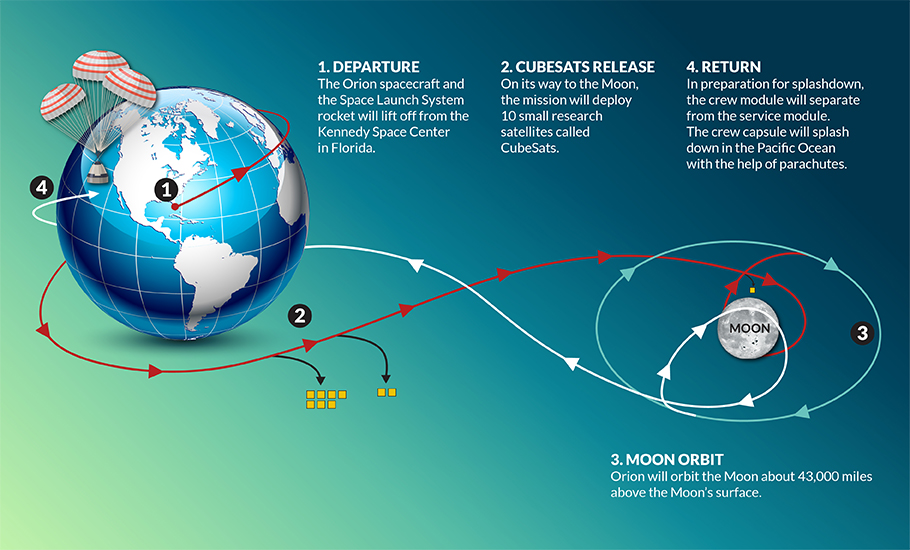
Journey to the Moon
For the next 18 minutes, the Orion spacecraft will take a lap around the Earth with the rocket’s upper stage attached behind. The solar panels will be deployed, and the Orion will get powered. Around 30 minutes from the launch, the upper stage interim cryogenic propulsion stage (ICPS) springs into action. The liquid hydrogen and oxygen-based single-engine system provide the propulsion needed for the Orion spacecraft to leave the clutches of Earth’s gravity and hurl towards the Moon. The ICPS will burn for 18 minutes for the critical “trans-lunar injection” (TLI), sending the Orion spacecraft all the way to the Moon, some 3,80,000 km away.
Launching a spacecraft towards a celestial object is like shooting a moving target. The craft must be set on a course such that the Moon and the ship will simultaneously arrive at a set point in space. The vessel’s path must be fine-tuned multiple times to precisely reach that point at the appointed time. Orion spacecraft is powered by a smaller European-built rocket to set itself on course and fly past the Moon. A cluster of 33 engines developed by the European Space Agency, fuelled by mixed oxides of nitrogen (MON) as oxidiser and monomethyl hydrazine (MMH), is used to fine-tune the orientation of the craft and correct the flight path.
Flying around the Moon
All planets, moons and space objects revolve counter-clockwise around the Sun, except notably for Venus and Uranus. The Artemis-1 is proposed to be sent around the Moon on a clockwise flight path called retrograde rotation. This will take the craft to fly past the Moon as near as 111 km from the surface and as far as 60,000 km beyond the Moon. This fete, once accomplished, will break the record set by the Apollo 13 for the farthest a crew-rated capsule travelled in deep space.
As the Orion craft approaches the Moon, the scientific instruments onboard would be activated, and science experiments on lunar gravity and radiation would be conducted. As a nostalgic touch to the first ever Earthrise image taken way back in 1968, the Artemis-1 is expected to re-take the iconic image again.
After completing one-and-a-half revolutions around the Moon, the main rockets on board will fire at the preordained time and space, and the Orion craft will be propelled towards the Earth.
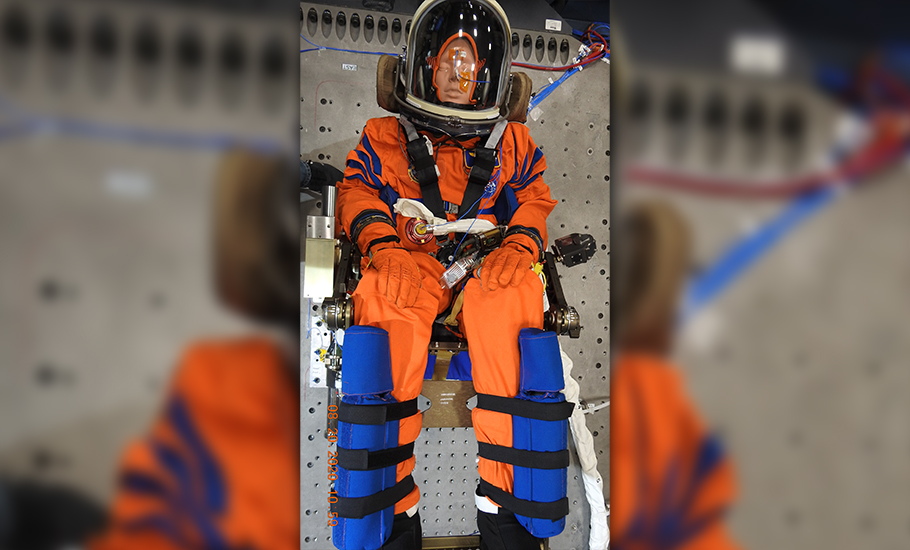
Orion spacecraft
In addition to Amazon Alexa, the TV character Shaun the Sheep, and a few Girl Scout space science badges, the craft will carry three human-like robot-mannequins to deep space. All these dummies are made with unique plastic that simulates the soft tissue, bones and lungs of humans.
One of the test dummies, Commander Moonikin Campos, is fitted with an Orion Crew Survival System spacesuit. The sensors fitted inside this spacesuit will measure the vibration, G-forces, and radiation that the mannequin is exposed to during space travel. This will provide vital data on what the human crew members must endure. The other two dummies are named Zohar and Helga. Of the two, Zohar wears a protective vest, but Helga does not. Nearly 5,600 sensors fitted in these mannequins will measure the information on radiation’s effect on the lungs, stomach, uterus and bone marrow. Nasa scientists will evaluate the radiation dangers by comparing the radiation effect on protected and unprotected dummies. Generally, women have a higher risk of developing cancer. These tests will help design safer suits and craft.
The craft will also host Snoopy, a soft toy. Once the ship reaches space and propels towards the Moon, the toy will float, indicating the weightlessness of the craft.
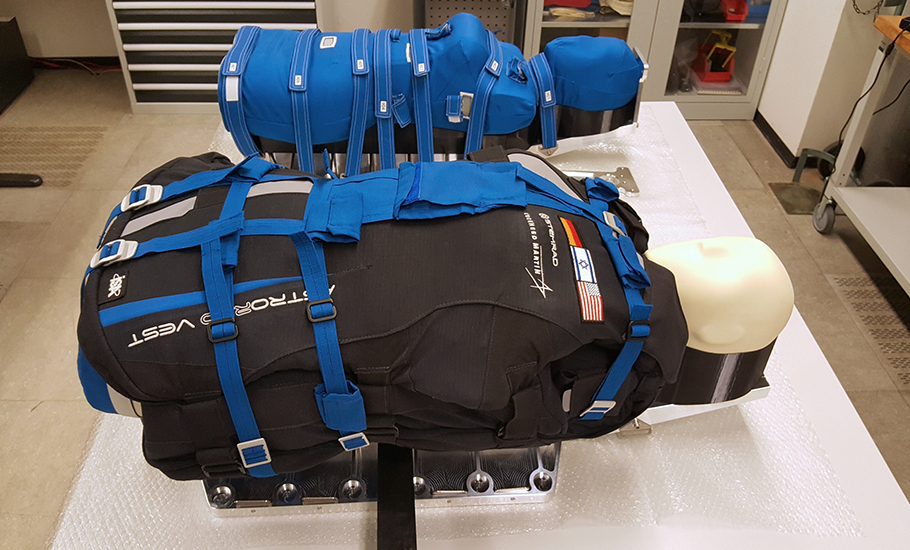
Return and re-entry
If the mission goes according to plan, the Orion craft will tear through the Earth’s atmosphere and plunge into the sea off the coast of Baja, California, Mexico, in the Pacific Ocean. A US Navy ship will rush to the spot to recover the spacecraft.
Vigorously rubbing our palms produces heat due to friction. The craft will enter the Earth’s atmosphere at 32 times the speed of sound, nearly 11 km per second. The ship will be a near fireball due to the frictional heat. The ablative heat shield must protect the craft and the crew. The parachutes must deploy at the right time to slow the spacecraft to about 32.2 km/h before it plops down in the sea. Artemis-1 will test if these work as designed.
If you throw at an angle, a flat stone skids a few times over a water body before it plunges. Once the craft slams into Earth’s atmosphere, it will skid over it a tiny bit before it plunges down. Once the craft splash down, the vessel will be left powered for about two hours to check if waiting astronauts will have adequate cooling during future missions.
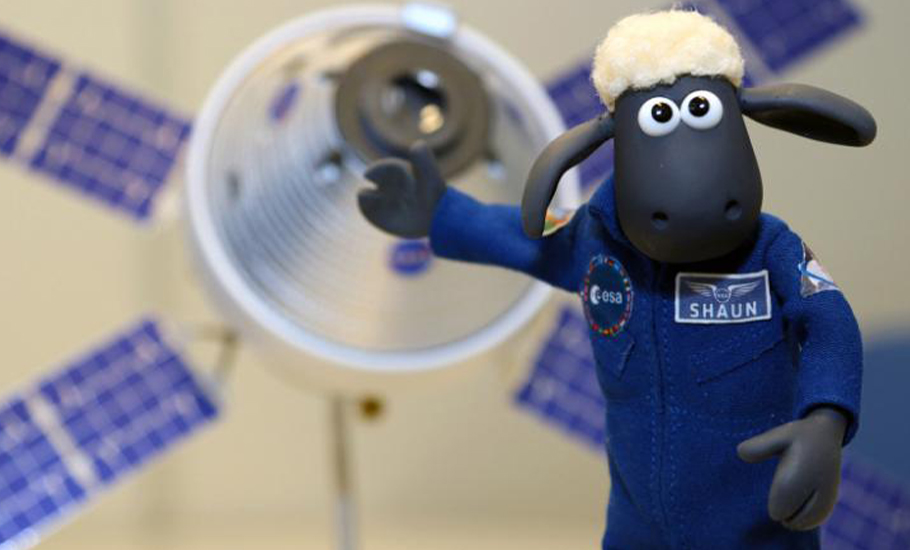
The recovery and rescue of the craft may take time. Meanwhile, the ship must function to protect the crew inside. The ‘skip re-entry’ and the deliberately ‘delayed recovery’ are two crucial tests that would be done to evaluate the safety of the craft.
Sideshow
The main objective of the launch is to place the Orion craft in the Moon’s orbit and bring it safely back. However, the mission will also deploy nearly 10 CubeSats along the way. The shoebox-sized satellites will be deployed between Earth and the Moon at three different locations. One craft will use the solar sail to propel towards a near-Earth asteroid. Another contains yeast to measure the effect of radiation on cells. Another one will study lunar ice with a spectrometer. One will deliberately crash-land on the Moon to test the airbags.
What is in store
From Lunar Gateway, a space station orbiting Moon to Moon Base Camp, with permanent human settlement, deployment of LunaNet, a moon-wide internet, and development of Lunar terrain vehicles (LTV) are on the cards. The Lunar Gateway, for example, is proposed to be solar powered communication hub between Moon and the Earth.
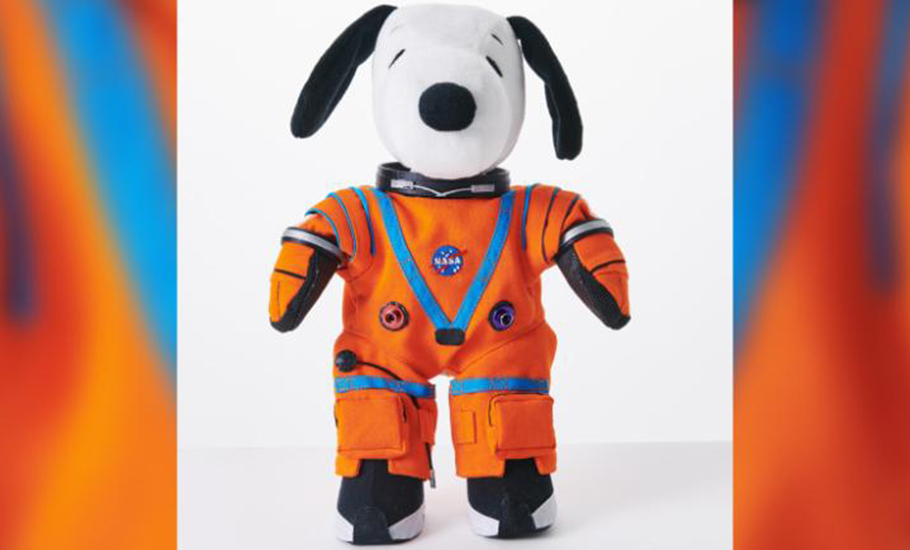
In this place, the astronauts can stay before they land on the Moon or a holding centre for AI-powered robotic miners. Capstone, a microwave oven-size satellite of Nasa, is already orbiting the Moon to tease out the finer details for establishing the Gateway. LTVs are already under development. Designs for Artemis Base Camp with a lunar cabin and a lunar rover for mobility permitting astronauts to stay at the lunar surface for up to two months at a time are being developed.

